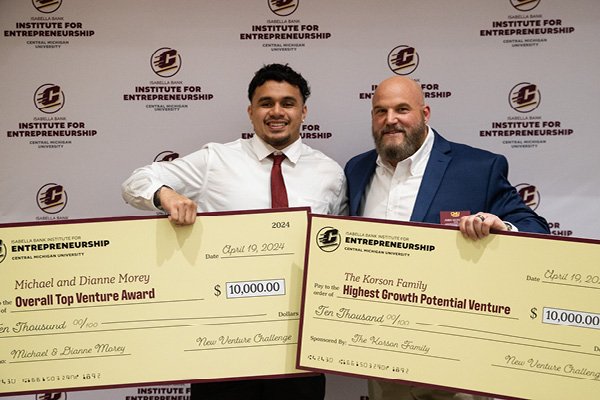
Start up
Passion. Potential. Pitches. Don't miss any of the 2025 New Venture Challenge excitement.
Tune in Friday, April 11 at 1 p.m. for great ideas and fierce competition. Then, join the judges, mentors, spectators and teams as they see who is going home with thousands of dollars in venture financing. The awards broadcast begins at 6:30 p.m. and one team will walk away as the overall best venture.
Central Michigan University’s College of Business Administration is the home of the Isabella Bank Institute for Entrepreneurship and the first Department of Entrepreneurship in the state of Michigan. We are a student-centric hub where experiential, curricular, and external entrepreneurial opportunities intersect.
Our mission is to maximize student success by fostering a campus-wide entrepreneurial mindset that promotes inter-disciplinary collaboration and the creation of new ventures.
We aim to create innovative programming, boost cross-campus and ecosystem collaboration and provide a comprehensive mentoring program.
Our institute provides extracurricular opportunities and is open to all undergraduate and graduate CMU students.
Are you interested in becoming an entrepreneur?
Every journey is unique. Explore the opportunities that interest you.
Madelyn Offer, a neuroscience graduate student, is studying GRIN2B- related Neurodevelopmental Disorder which is linked to autism and intellectual disabilities. Offer’s research is focused on a specific mutation found in a patient with severe autism. By modeling this mutant and expressing them in rodent neurons, Offer can examine the mechanisms of the brain with the mutant.
Offer explains that when the mutation is expressed, the dendrite structures of the neuron do not appear normal. A healthy neuron should look similar to a tree with a long body (called the axon), the cell, and dendrites branching off the top. On the mutated dendrites, Offer says, “Sometimes [the dendrite] is underdeveloped and look younger than they should or looks dysmorphic. […] I like to describe it as like a hairball where the dendrites are all snarled and curled up together.”
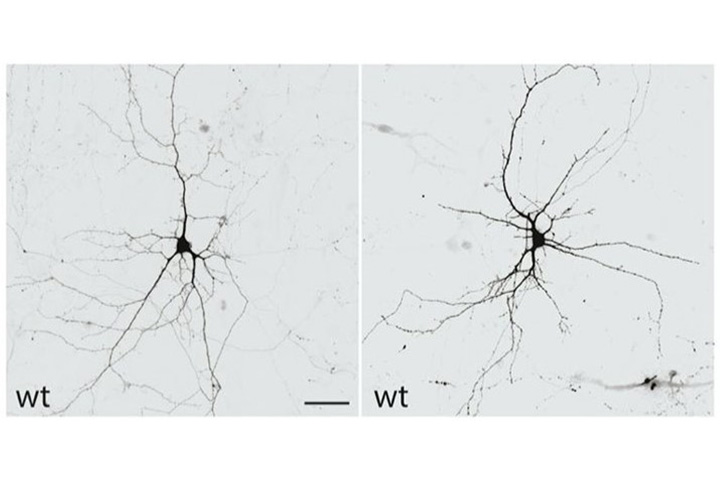
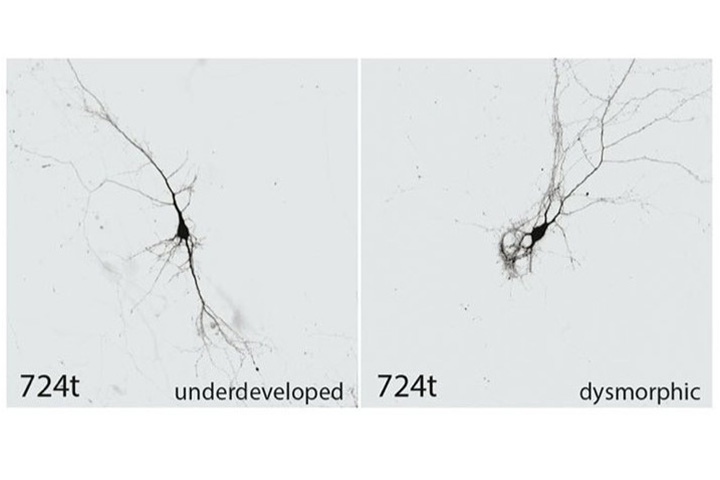
The goal of Offer’s project is to find the mechanism connecting the mutant to the problems seen in the cells. Offer proposes that a family of proteins called Wnts are the mechanism connecting the dysfunction to dendrite problems. There are 19 Wnts found in humans that help communicate between different cells. Offer is looking at the secretions, localization, and downstream pathway activity of the proteins and if they are affected in the mutant cells.
Potentially, Wnts could be added into the mutated cells to increase dendrite function and maturity. This could then produce a targeted therapeutic approach for those with GRIN2B disease. Offer says, “My major goal in life is to keep learning and be able to learn something that could one day help a lot of people.”
This story is brought to you by the Office of Research and Graduate Studies.
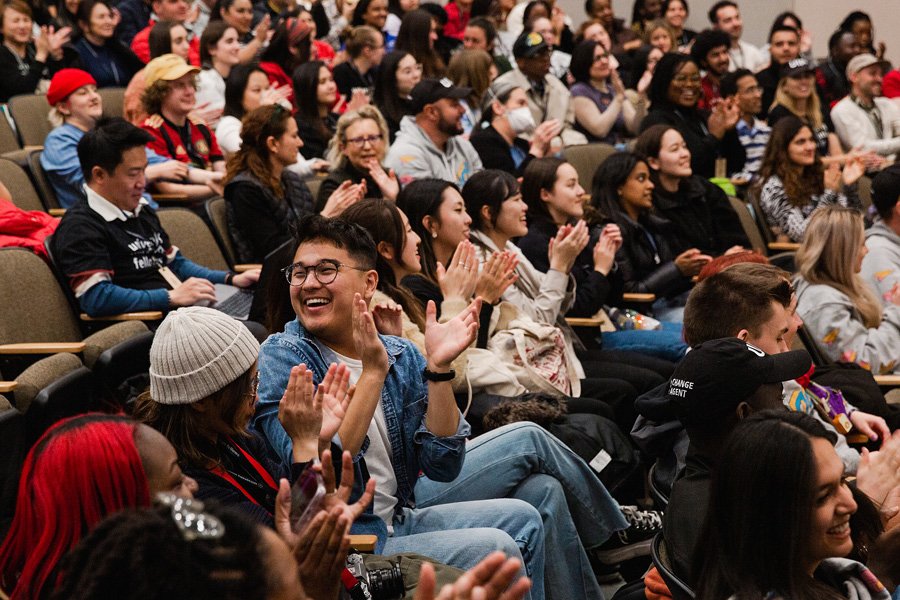
Explore special opportunities to learn new skills and travel the world.
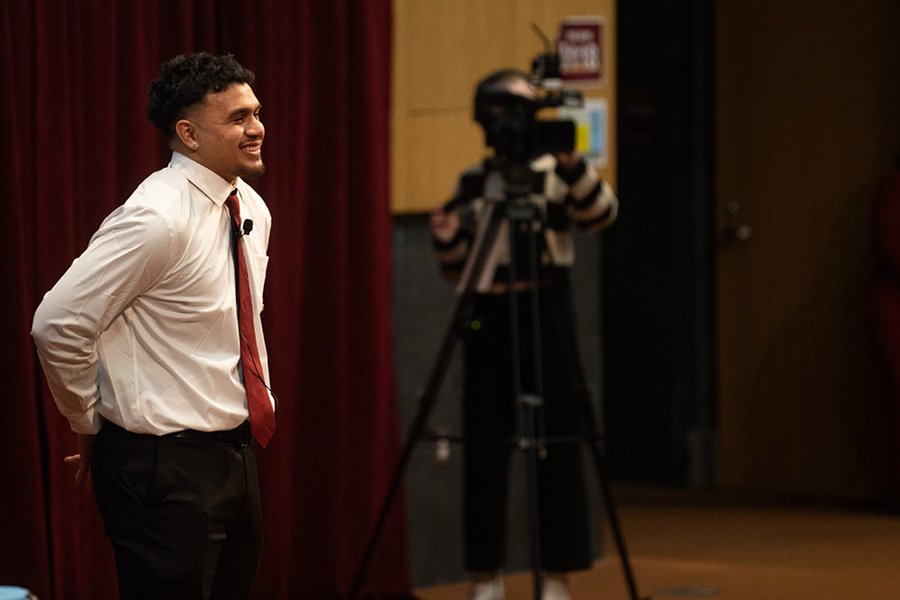
Present your venture and win BIG at the New Venture Challenge.
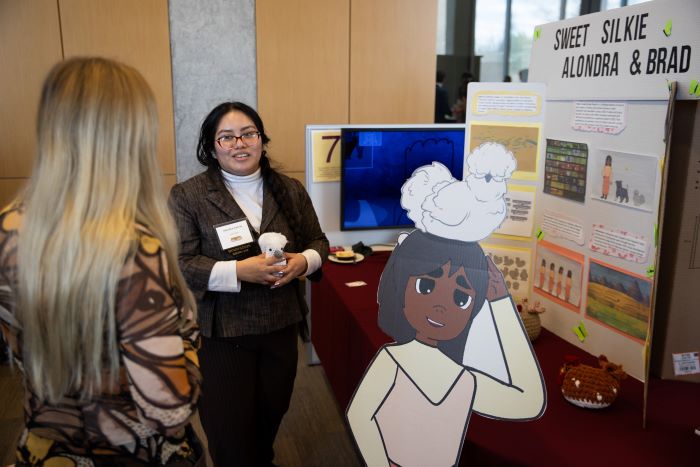
Boost your entrepreneurial skills through our workshops, mentor meetups and pitch competitions.
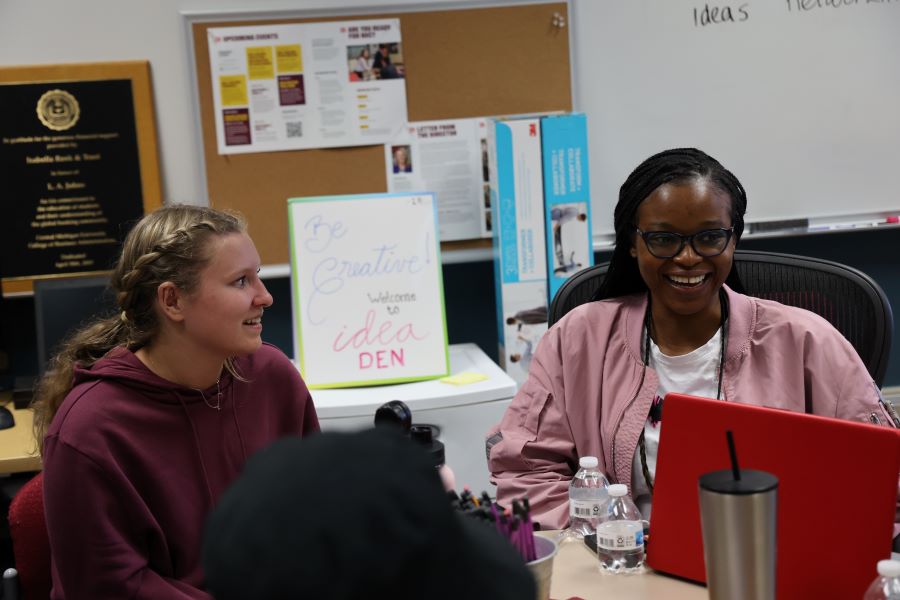
Learn about the entrepreneurship makerspace on campus in Grawn Hall.
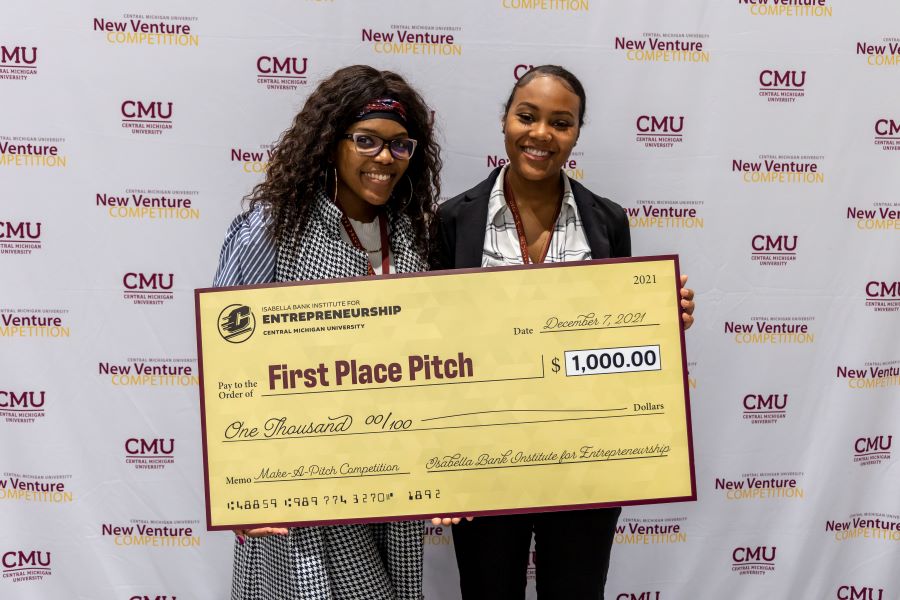
Present a 2-minute pitch at the Make-A-Pitch Competition and you could win prizes and bragging rights!
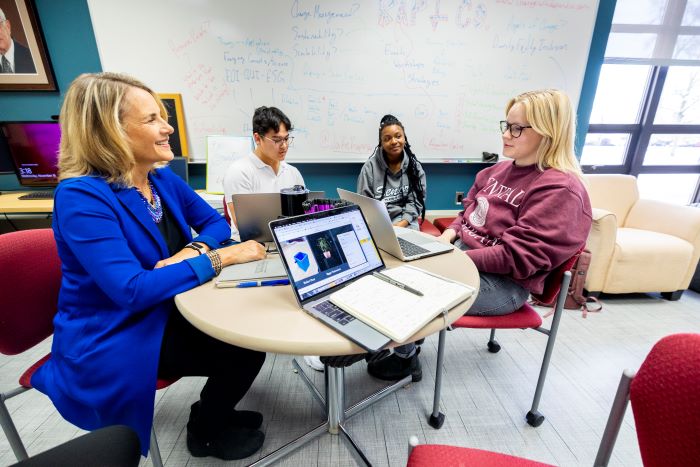
Connect with mentors and faculty who are here to support the next generation of CMU entrepreneurs.
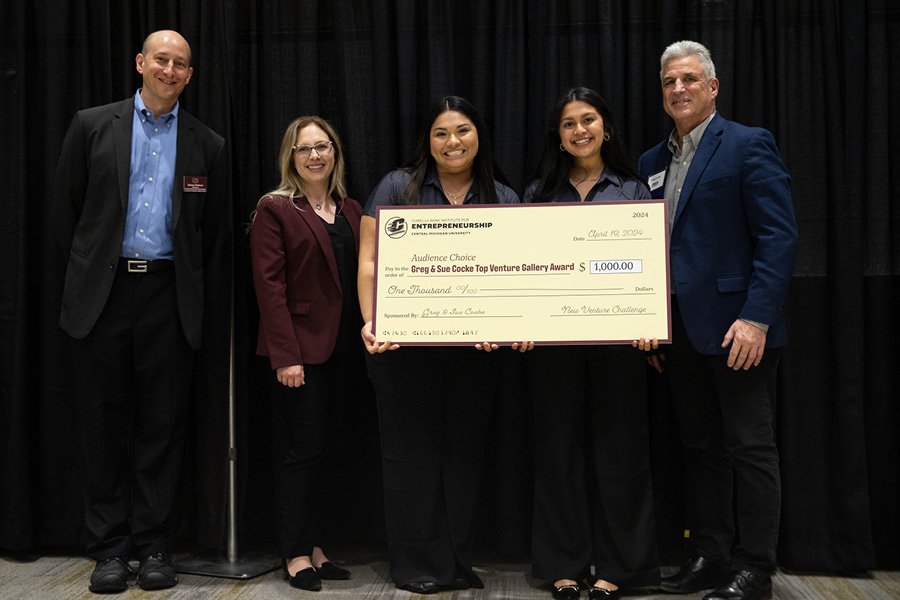
Are you a CMU alum looking to support CMU student entrepreneurs? Learn how you can support or donate to the Entrepreneurship Institute.